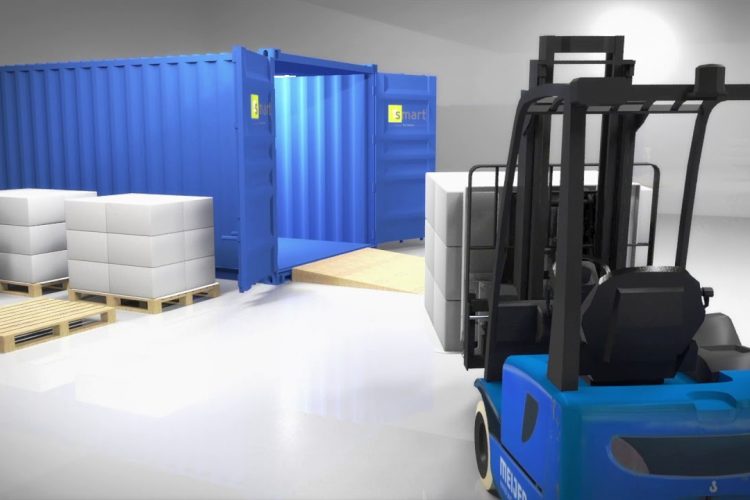The material handling sector is constantly expanding, evolving, and getting better. Although wooden pallets have long been the norm in warehouses, more and more businesses are beginning to use slip sheets for pallets.
For many companies, alternating from wood or plastic pallets to slip sheets offers important advantages. For firms aiming to improve sustainability throughout their entire business, slip sheets increase the tertiary packaging’s sustainability. Similar to many sustainability projects, it offers the potential to cut costs as well.
Top Industries Inc. has also designed a new slip sheet forklift meant for many warehouses and industries. Slip Sheets, which are frequently used in business transportation, are sheets the size of pallets which is made of
- Plastic
- Heavy laminated kraft paperboard
- Corrugated fibreboard.
Both domestic and international shippers can use slip sheets.
Commonly, slip sheets are utilised in place of conventional wooden pallets. The unit load is typically stretch- or shrink-wrapped for stability reasons.
Standard forklifts with Push-Pull attachments, roller forks, and contemporary conveyor systems can all use slip sheets.
Slip Sheets are also favourable to the environment. They are more common now because of rising environmental consciousness and are produced from recycled cardboard or plastic.
Additionally, a growing number of companies are choosing alternative forms of transportation because of the high costs of pallets.
History of Slip Sheets
In the middle of the 1940s, slip sheets were initially used for canned fruit. Pallets have a significant depth, and because Slip Sheets don’t take up as much room, businesses were worried that they were using too much warehouse space and incurring excessive costs.
Slip Sheets gained popularity over time and more businesses started utilising them. Pallets were difficult to maintain and unhygienic, therefore people began utilising Slip Sheets in their place. Pallets were also substantially more expensive.
In 1991, a computer business that employed Slip Sheets in air freight found out that they could be used for a variety of useful purposes. This has resulted in many other companies also switching to slip sheets.
Today, you can find the application of slip sheets in various industries and applications starting from semiconductors to sea, air and storage.
Slip sheets versus pallets
Slip sheets have several advantages as compared to pallets, which are as follows:
1. Initial cost
Pallet purchases cost substantially more than slip sheet purchases. While slip papers only cost approximately $1 each, buying numerous pallets could cost more than $10 per unit.
2. Storage cost
Because slip sheets are so thin, they are significantly simpler to store than pallets.
3. Transportation cost
Lightweight construction and minimal storage requirements can considerably reduce transportation expenses.
4. Labour cost
Slip sheets are easy to discard and require less effort to move around a firm. Additionally, they save your personnel a great deal of time that would otherwise be spent on the ground loading or unloading pallets or trailers.
5. Environmental impact
Because slip sheets can usually be recycled rather than ending up in landfills, they are normally more environmentally friendly than traditional timber pallets.
There are many YouTube videos that you can see on the web about a recent project of Top Industries Inc.

